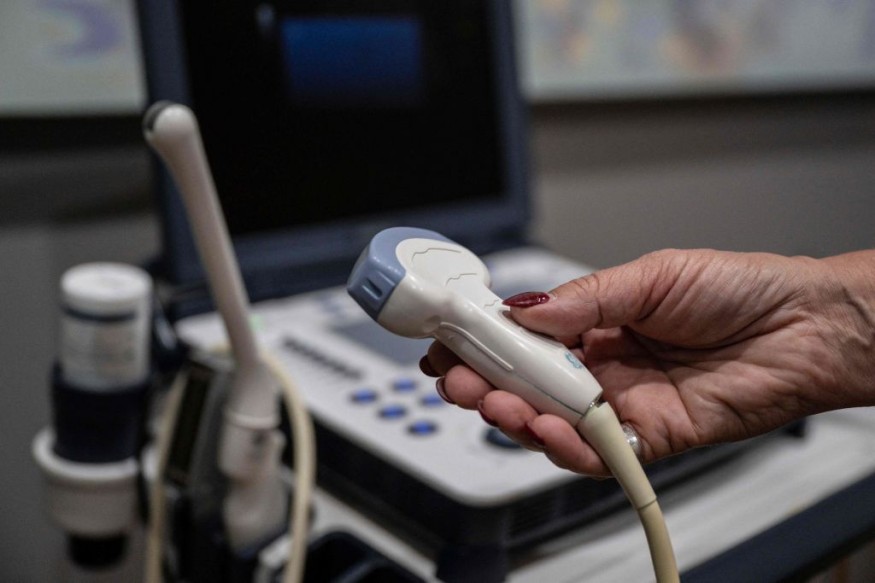Ultrasound imaging is known for its common usage during pregnancy, with the aim of detecting the growth and development of the fetus inside a female's womb. The method is also widely used for producing internal images of abdominal glands, blood vessels, brain, breast, eyes, heart, muscles, and skin. Ultimately it aims to detect if there is an anomaly or abnormal condition inside the body.
Also called as ultrasonography, the diagnostic technique is only available in medical facilities, including clinics, hospitals, and doctor's offices. It also requires a number of specialized equipment which is not typically accessible to the public. With this, the availability of sonography is not always guaranteed, at least not instantly and in remote areas.
Currently, a new study shows that engineers from the Massachusetts Institute of Technology (MIT) developed stamp-sized stickers that can be attached into the skin and see through the body. The so-called ultrasound adhesives can produce vivid images of major vessels and internal organs, almost similar to the conventional procedure.
The adhesive patch is a wearable accessory, which can potentially address the said challenges posed by the classic equipment-based ultrasound imaging. The stickers can reportedly provide continuous, uninterrupted ultrasound imaging of internal organs for 48 hours.
Ultrasound Stickers

In a media release by MIT News on Thursday, July 28, the MIT engineers presented their prototype design for a new ultrasound sticker, a device which is more accessible and portable compared to its decades-old counterpart.
As part of the researchers, the engineering team applied the stickers to volunteers and showed the devices generated live, high quality images of blood vessels and deeper organs inside the body, including the heart, lungs, and stomach.
The adhesiveness of the stickers was proven as the volunteers performed various activities and movements, including biking, jogging, sitting, and standing.
The news release also adds the sticker's design requires connecting them to instruments that translate the received sound waves into images. While in their current form, the team said the stickers could already have their immediate applications to patients in the hospital.
The new paper was published in the journal Science last Thursday, which generally materialized a conceptualized "bio adhesive ultrasound" aimed for long-lasting imaging of diverse organs.
Latest Developments
In the latest updates, the team is working toward a wireless bio adhesive sticker, which patients could potentially take home from a medical facility or even buy from a pharmacy in the future, according to MIT News.
For over 20 years, ultrasound imaging has been used in the medical and healthcare industry, with an excellent safety record. This means it does not have the same risks posed by X-rays or other types of imaging methods that involved the use of radiation, according to the U.S. Food & Drug Administration (FDA).
Regardless of its size of form, ultrasound imaging is made possible based on the reflection produced by sound waves as they bounce in the body's structures, the FDA adds.
Related Article : Ultra ultrasound to transform new tech
© 2025 NatureWorldNews.com All rights reserved. Do not reproduce without permission.





